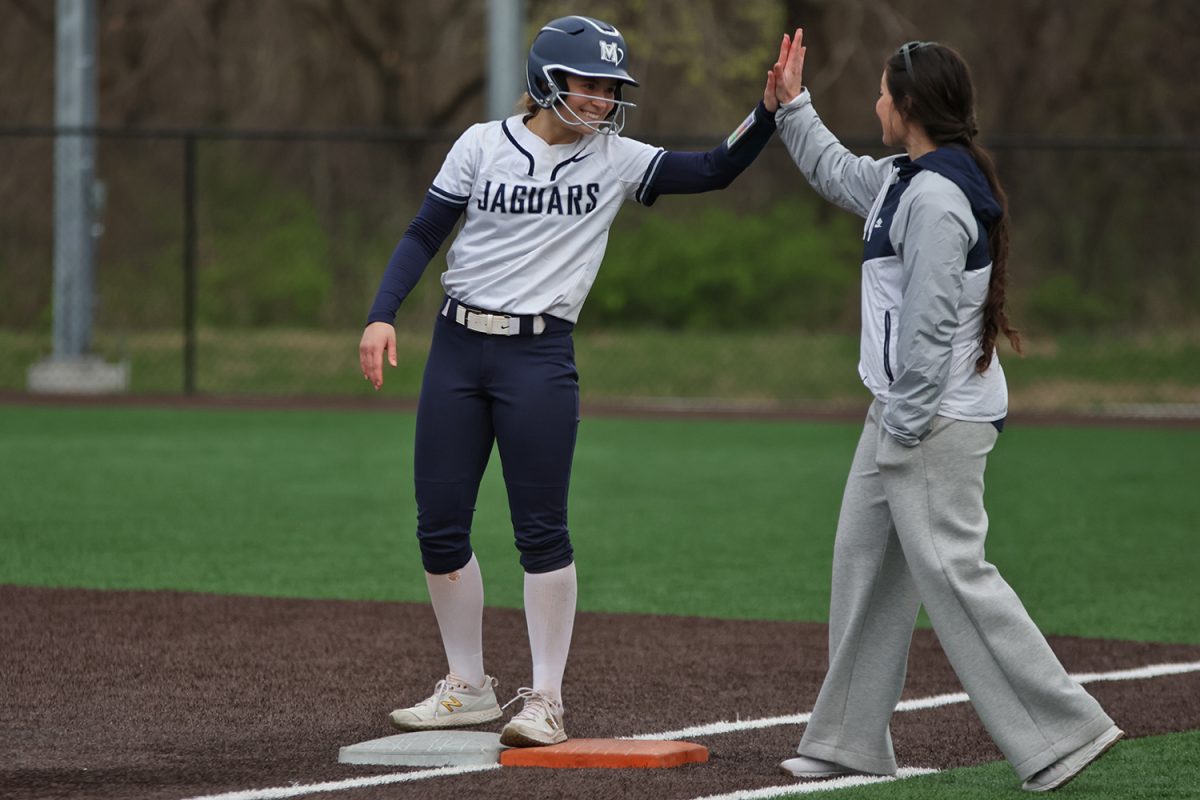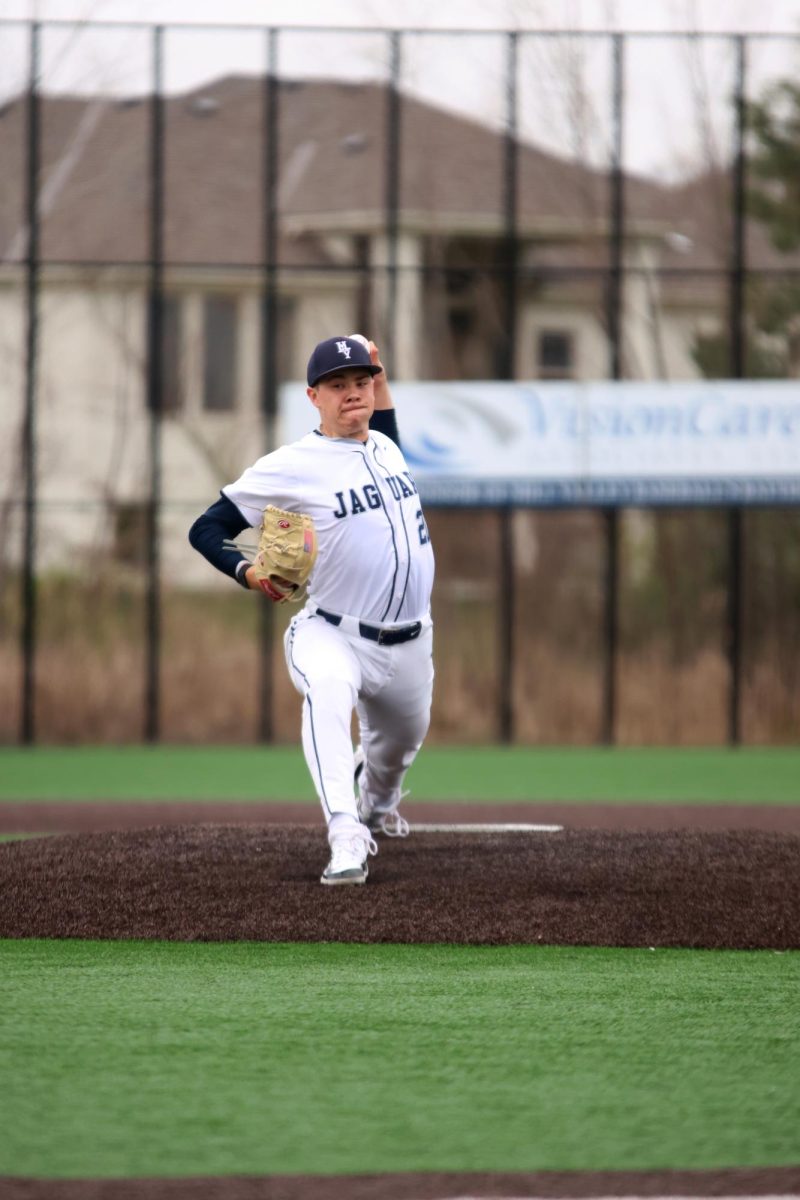The spring sports season is here and athletes are taking to the field to prepare for fast upcoming meets and games. With high school athletes in America accounting for 2 million injuries, 500,000 doctor visits and 30,000 hospitalizations annually, there is a definite risk to playing sports. Not all sports injuries are equal. Concussions, hernias and ACL tears are among the three most common injuries to occur in student athletes.
Concussions
“I’ve been playing football for 11 years and there is a certain amount of technique you can use to help avoid injury, but technique had nothing to do with my concussions,” Rudicel said.
Suffering a grade three concussion his freshman year and a grade one concussion his sophomore year, Rudicel is now familiar with injuries.
“[Getting injured] wasn’t something I thought about a lot before these happened,” Rudicel said. “And even after I got hurt, you can’t play football scared, you have to go all out.”
Concussions are a serious injury because they are potentially life threatening and also can have long term and even permanent effects.
“I still have memory problems and I have headaches that come and go. Two concussions can’t not mess with your brain,” Rudicel said.
Hernias
“My hernias just built up to rupturing, the holes just kept tearing wider till one day I had a real problem,” Minshew said.
With Minshew’s and the average recovery process from a hernia injury and subsequent surgery taking around six months, this injury can ruin an entire season.
“I missed my sophomore football season and after my injury I had to build my strength back up,” Minshew said.
No matter how long their recovery process, Minshew stressed that athletes should focus on not re injuring themselves.
“I feel like I’ll always have to be careful because I’m more likely to hurt myself again,” Minshew said. “You need to know your limits.”
ACL tears
“Before the first time I tore my ACL, I had never sprained, broken or hurt anything,” Vincent said. “It was a shock that I hurt something this bad.”
ACL injuries can occur in any sport because of the intense stress that swiftly turning, pivoting or shifting weight places on the ligaments in the knee. Once sustained, an ACL tear must be fixed surgically and after an arduous four or five month recovery process, are susceptible to re-injury.
“After two surgeries, I know I can re-tear it more easily,” Vincent said. “I’m more aware of how my body feels, I don’t push myself as far as I used to.”
Vincent attributes both tears to a combination of being physically overworked and contact during a practice or a game.
“It was the last game in a long tournament, we were playing a team way above our level and I was really tired,” Vincent said. “A girl slide tackled me in the knee and I heard and felt a pop.”
While ACL injuries usually heal completely if the proper recovery regimen is followed, it can cause knee problems for years to come.
“Sports wise, it’s hard to do any kind of shifting or cutting moves,” Vincent said. “It’s hard for me to rest on or kneel on my knee but it’s getting better.”







